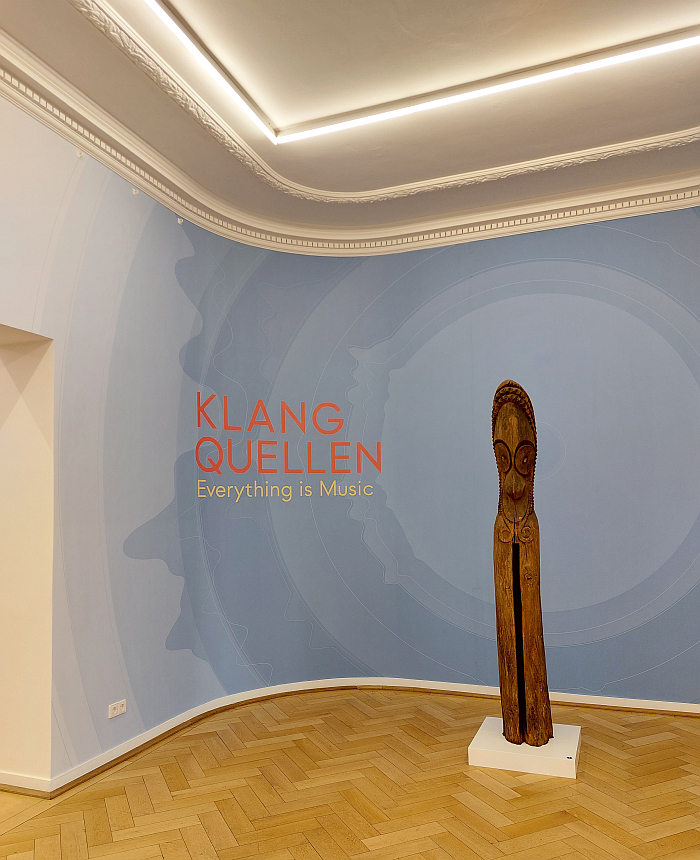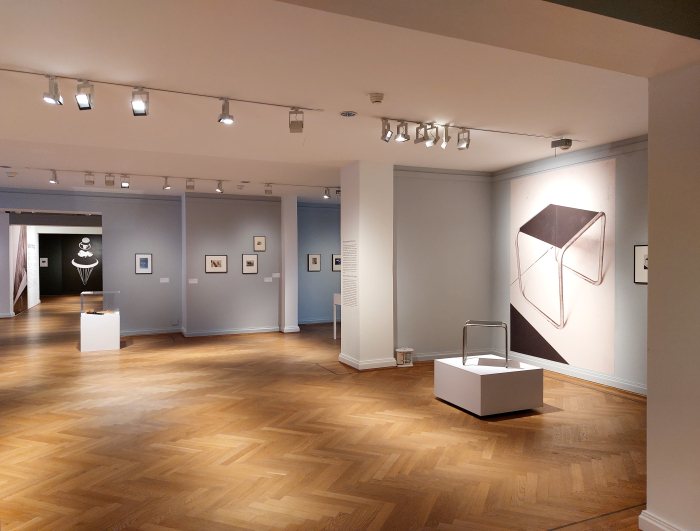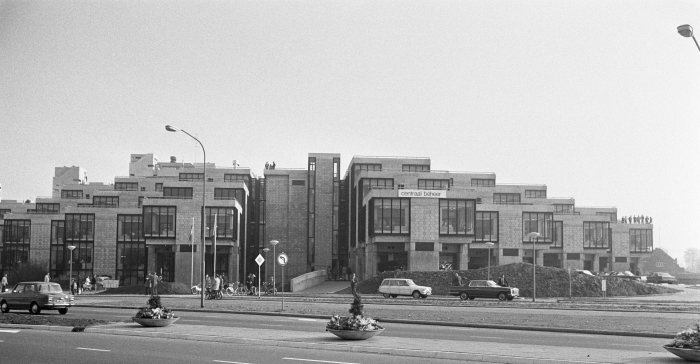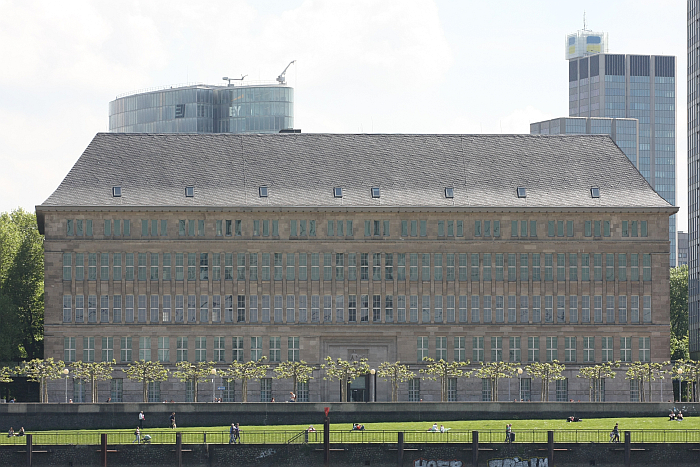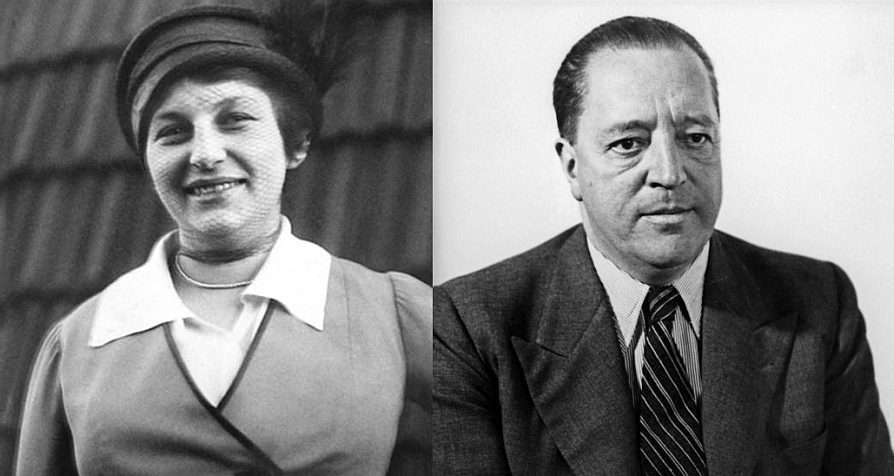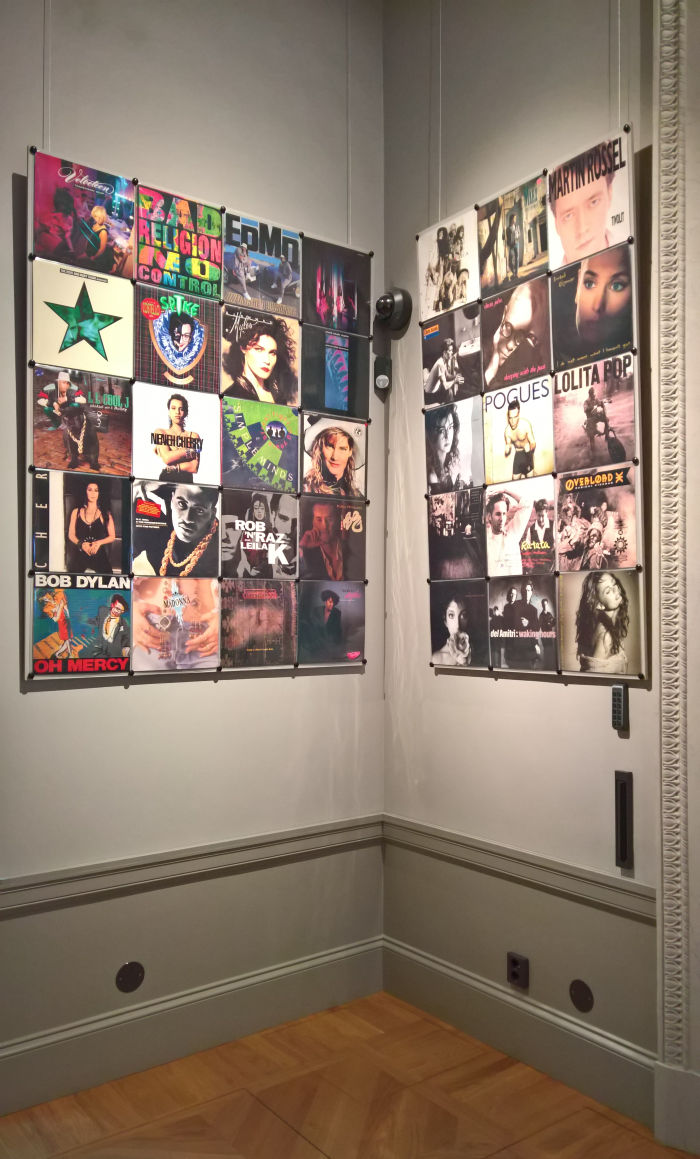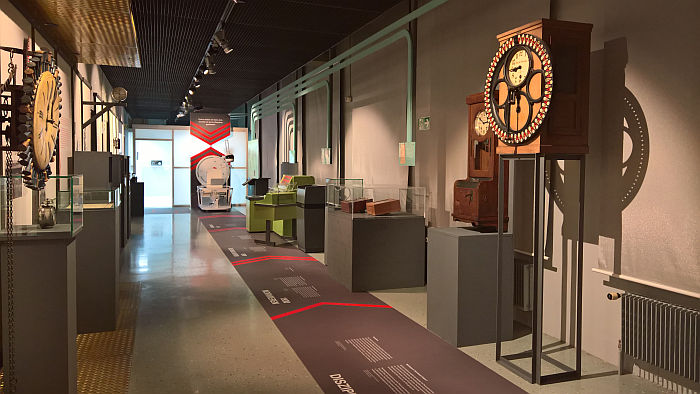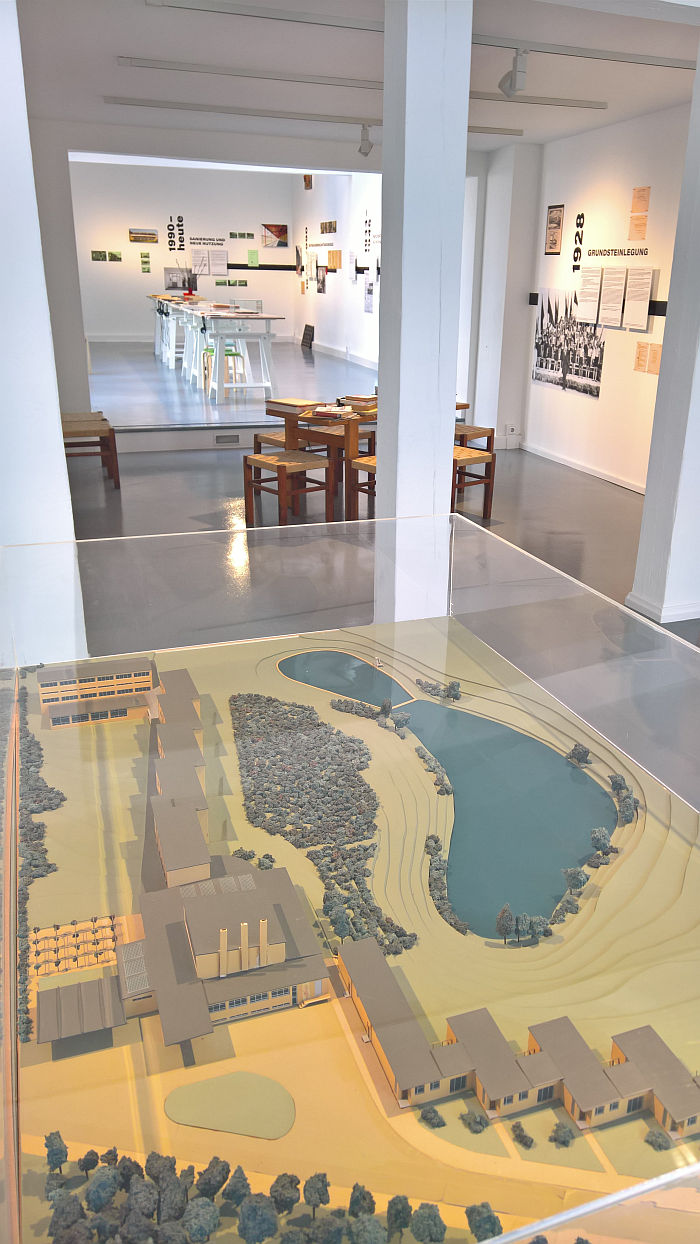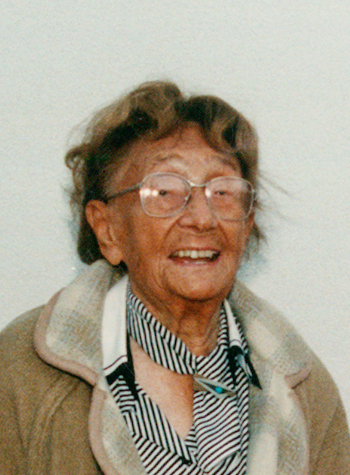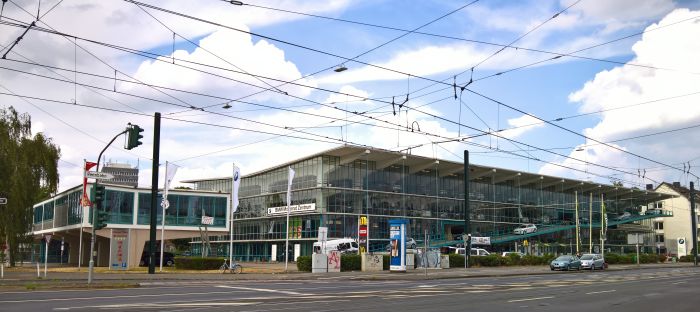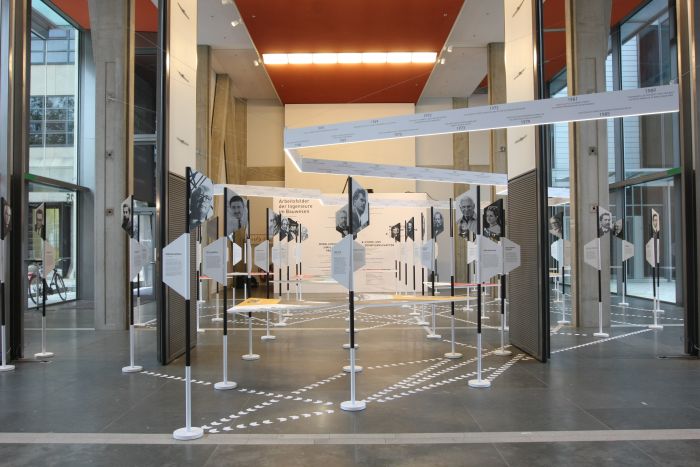Search Results for baute
EuroDesignExhibition: Tim Baute
For the last in our series of EuroDesignExhibition previews we travel to the spiritual home of Europe. Belgium. Aside from
Sound Sources. Everything is Music! at the Weltkulturen Museum, Frankfurt
“Why are the sounds we play in our apartments always music?” asked the Danish architect and designer Verner Panton, “aren’t the sounds of a chicken farm, waves, the wind and many other things just as beautiful?”1
Questions that force one to question the difference between ‘sounds’ and ‘music’, but for all to question our relationships with the myriad ‘noises’ that accompany daily life.
With the exhibition Sound Sources. Everything is Music! the Weltkulturen Museum, Frankfurt, provide a space for approaching such questions…….
Lucia Moholy – The Image of Modernity at the Bröhan Museum, Berlin
“Everybody, except myself, have used, and admit to having used my photographs … and often also without mentioning my name”, lamented Lucia Moholy in 1956, “everyone – except myself – have derived advantages from using my photographs, either directly, or indirectly, in a number of ways, be it in cash or prestige, or both”.1
The photographs in question being of and from the Weimar and Dessau Bauhauses, photos which played, and continue to play, a not unimportant role in mediating Bauhaus to a wider audience. But which in doing such don’t necessarily help mediate Lucia Moholy to that wider audience. On the contrary, they tend to hold her in a relative anonymity.
With Lucia Moholy – The Image of Modernity the Bröhan Museum, Berlin, help explain how such a situation came to be, why Lucia Moholy’s lament is both justified and an important lesson, and also how it relates to popular understandings of Bauhaus.
But for all seek to redress some of the ongoing consequences of that relative anonymity…….
#officetour Milestones – The Centraal Beheer Office Building by Herman Hertzberger
“The problem”, elucidated Herman Hertzberger in 1973, in context of his project for the Centraal Beheer insurance company in Apeldoorn, The Netherlands, “was to make an office building that would be a working place where everybody would feel at home: a house for 1000 people.”1
How Herman Hertzberger sought to solve that problem not only helping explain aspects of the development of architecture in the course of the 20th century, nor only aspects of the development of office design in the course of the 20th century, but also being informative in context of the problems associated with designing our contemporary, and future, office spaces……
#officetour Milestones – The Mannesmann-Haus by Peter Behrens
“With every new building the first task is to clarify the needs that will arise in context of its use”,1 opined Peter Behrens on December 10th 1912 at the official inauguration of the new administrative HQ for the Prussian industrial concern Mannesmannröhren-Werke AG.
And while Peter Behrens was certainly not the first to opine such, with the so-called Mannesmann-Haus in Düsseldorf he realised one of the earliest large office buildings designed to evolve and develop as those needs evolved and developed.
The Furniture of Lilly Reich and Ludwig Mies van der Rohe: The Early Years
In 1977 Ludwig Glaeser, curator of the Mies van der Rohe Archive at the Museum of Modern Art, New York, opinioned that “it is certainly more than a coincidence that [Mies van der Rohe’s] involvement in furniture and exhibition design began in the same year as his personal relationship with Lilly Reich.”1
A statement that has in many regards come to define understandings of the furniture designs of both Ludwig Mies van der Rohe and Lilly Reich.
An understanding that “is certainly more than a coincidence”. It is wrong. Certainly in terms of furniture design.
And a statement and understanding whose clarification not only provides an excellent starting point for an exploration of the furniture designs of Lilly Reich and Ludwig Mies van der Rohe, but also for some reflections on the (hi)story of furniture design……..
Radio smow: 89 from ’89
“Das tritt nach …meiner Kenntnis … ist das sofort, unverzüglich”
“As far as I’m aware….. that applies …. with immediate effect, forthwith”
Rarely has an almost sentence in a press conference had such consequences. With his confidently unconfident utterances on the evening of Thursday November 9th 1989, a statement concerning a relaxation on restrictions for those East Germans wanting to travel to West Germany, a statement made while distractedly flicking through papers looking for, and missing, the answer to the question of when the relaxations applied, Günter Schabowski, East Germany’s ruling SED’s somewhat bombastically titled, Secretary of Information, in effect, opened the Berlin Wall. Within the hour streams of those East Germans were taking advantage of the freshly, prematurely, relaxed restrictions and flowing westwards…….
Yet for all its momentousness, as the exhibition 1989 – Culture and Politics at the National Museum Stockholm reinforces, the fall of the Wall, was only another event in a remarkable, momentousness, political year.
And a remarkable year for creative expressions: 1989 seeing the death throes of Postmodern design, art getting political, again, while in music the increasing influence of electronic dance music, for all House, in all in its numerous guises, was not only being felt in the music produced, but in the attitudes of the yoof: the poodle rockers and 80s pop kids were still there, still enjoying success, but a new generation was preparing to replace them. And a new generation who were, when not necessarily more aware than the poodle rockers and pop kids of contemporary political, economic, environmental and social realities, certainly were much more prepared to vocalise their opinions, and developing new soundscapes in which to do that.
And so by way of marking not only 30 years of Günter Schabowski stumbling towards the reunification of Europe, but all those other moments, good and less so, in 1989….. a Radio smow playlist of 89 songs from ’89……
Time, Freedom and Control – The Legacy of Johannes Bürk @ the Uhrenindustriemuseum Villingen-Schwenningen
On May 14th 2019 the European Court of Justice ruled that all employers are required “to set up an objective, reliable and accessible system enabling the duration of time worked each day by each worker to be measured.” 1
On July 15th 1855 Johannes Bürk was granted a patent for just such a system.
A system which, as the Uhrenindustriemuseum Villingen-Schwenningen’s exhibition Time, Freedom and Control – The Legacy of Johannes Bürk explains, paved the way, certainly in spirit, for many of the developments in terms of recording, monitoring and managing time which not only developed in the course of the industrialisation of the late 19th/early 20th century, but were imperative to industrialisation’s success.
And which continue to inform and define our post-industrial society.
Volksbedarf statt Luxusbedarf – Bernau and its Bauhaus @ Galerie Bernau
Were it possible that there could be such a thing as a “lost” Bauhaus building, something wholly unimaginable this of all years, then the best candidate would, arguably, have to be the ADGB Bundesschule in Bernau bei Berlin. Yes, it is on the UNESCO World Heritage List, and so is not really lost; however as an object it only rarely features, and when then invariably passingly, in the popular Bauhaus discourse …. and that despite being built by a serving Bauhaus Director.
With the exhibition Volksbedarf statt Luxusbedarf – Bernau and its Bauhaus the Galerie Bernau aim to not only help increase the works visibility but also allow for a better understanding of its character.
smow Blog Design Calendar: January 23rd 1897 – Happy Birthday Margarete Schütte-Lihotzky!
“The role of the architect is one of organisation. The house is the considered organisation of our ways of life”1, opined the Austrian architect Margarete Lihotzky in 1921.
And in the course of a long, varied career, she repeatedly demonstrated what she understood by such; including most famously, if somewhat narrowly, in a kitchen design………….
smow Blog Design Calendar: August 23rd 1915 – Happy Birthday Paul Schneider-Esleben!
Multi-storey car parks are many things to many people. For skateboarders a playground, for love-torn teens a place of privacy, for authors and film-makers an all too easy metaphor, and for yet others ….. somewhere to park their car.
For the German architect Paul Schneider-Esleben the multi-storey car park represents his career breakthrough. And one of his most defining projects.
Visionäre und Alltagshelden. Ingenieure – Bauen – Zukunft @ the Oskar von Miller Forum, Munich
Back in the day one of the joys of reading the British Yellow Pages was the entry for Boring: “See Civil Engineers”*
Oh how we laughed! And still do!
Partly to counter such negative associations, partly to explain what Civil Engineers do, and partly to explain just how fundamentally that what Civil Engineers do has contributed to our contemporary society, and the multitude of possibilities available to us, whether we choose to take them or not, the Oskar von Miller Forum Munich is staging the exhibition Visionäre und Alltagshelden. Ingenieure – Bauen – Zukunft.
Biennale Interieur Kortrijk 2016 – High Five!!
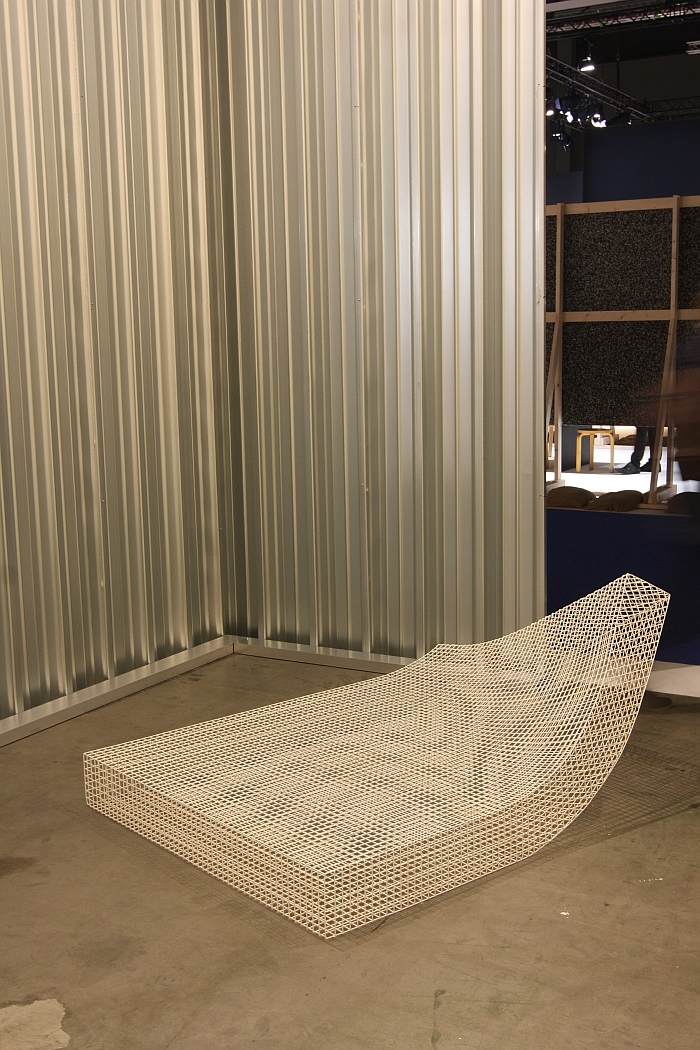
On the train down to Kortrijk and the 2016 Biennale Interieur we started drafting this introduction. The talk was of
smow blog Design Calendar: April 3rd 1863 – Happy Birthday Henry van de Velde!
Henry van de Velde not only helped define Art Nouveau, he was also party to Art Nouveau’s christening; even if
IMM Cologne 2016: Richard Lampert
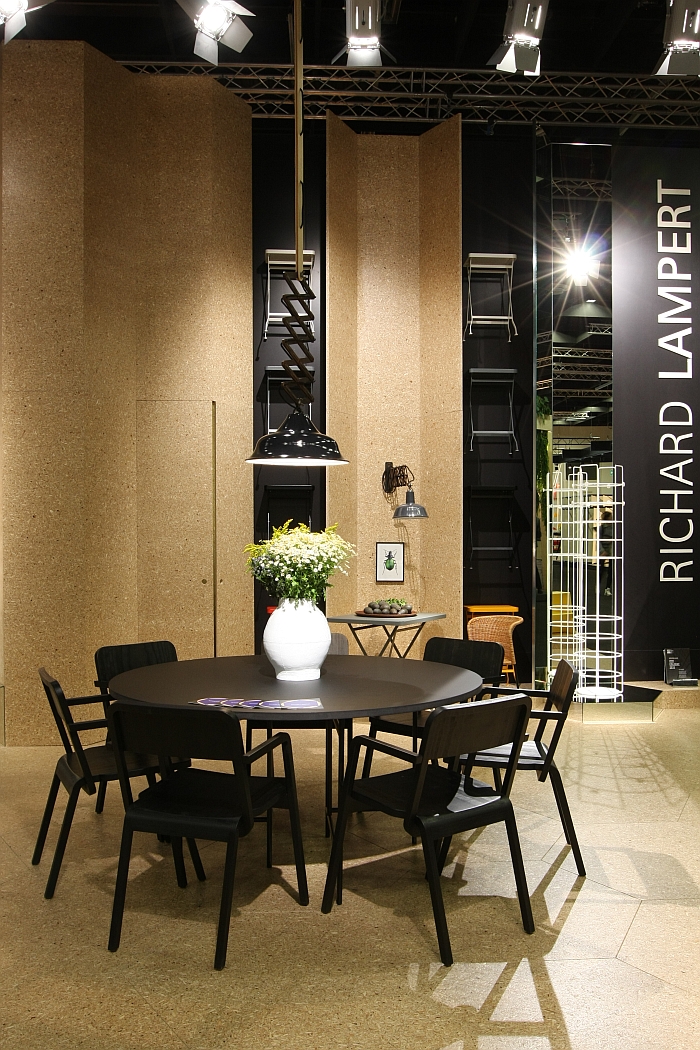
According to Brigitte Eiermann her late husband, the German architect and designer Egon Eiermann, would work so long on a
(smow) blog Design Calendar: May 19th 1929 – Barcelona International Exposition Opens. Barcelona Chair Premiered.
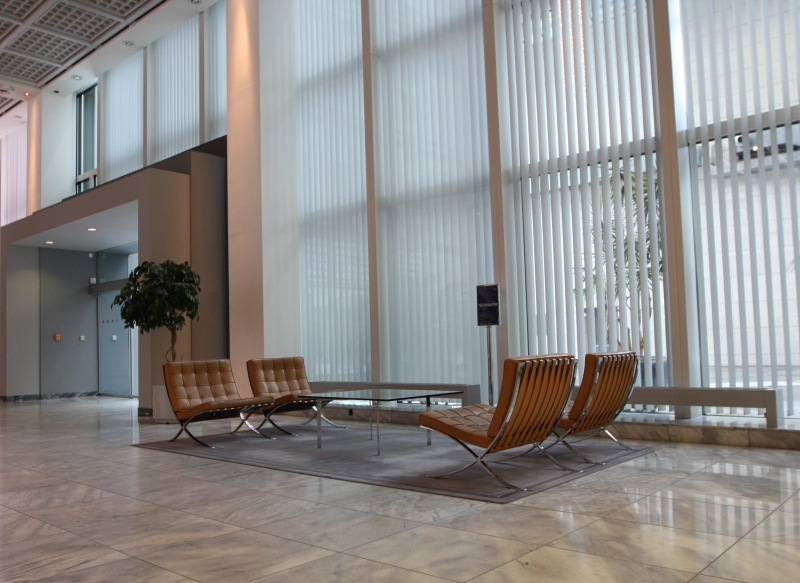
“The design is not the result of any especially deep consideration, but much more of random form finding through sketching.”1
Bauhaus Archiv Berlin: New Architecture! Modern Architecture in Images and Books
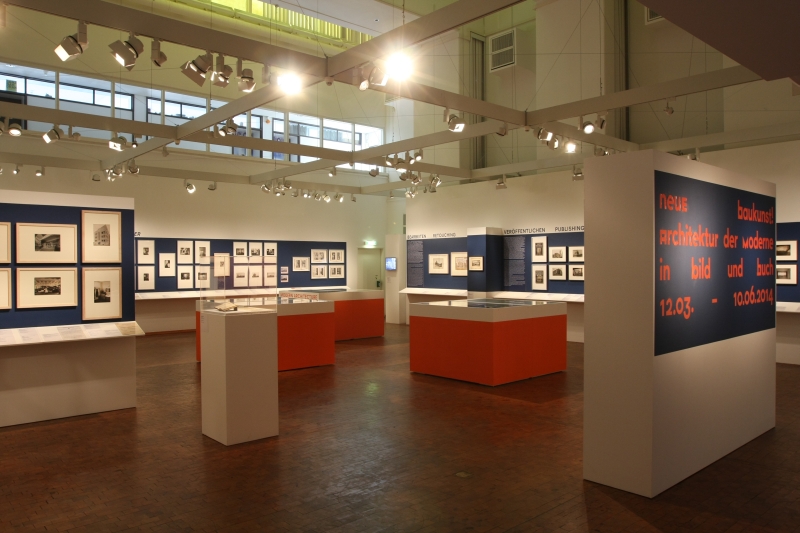
Until June 10th the Bauhaus Archiv Berlin is presenting “New Architecture! Modern Architecture in Images and Books”, an exhibition devoted
Passagen Cologne 2014: Design Flanders. Atelier Bonk and Cas Moor
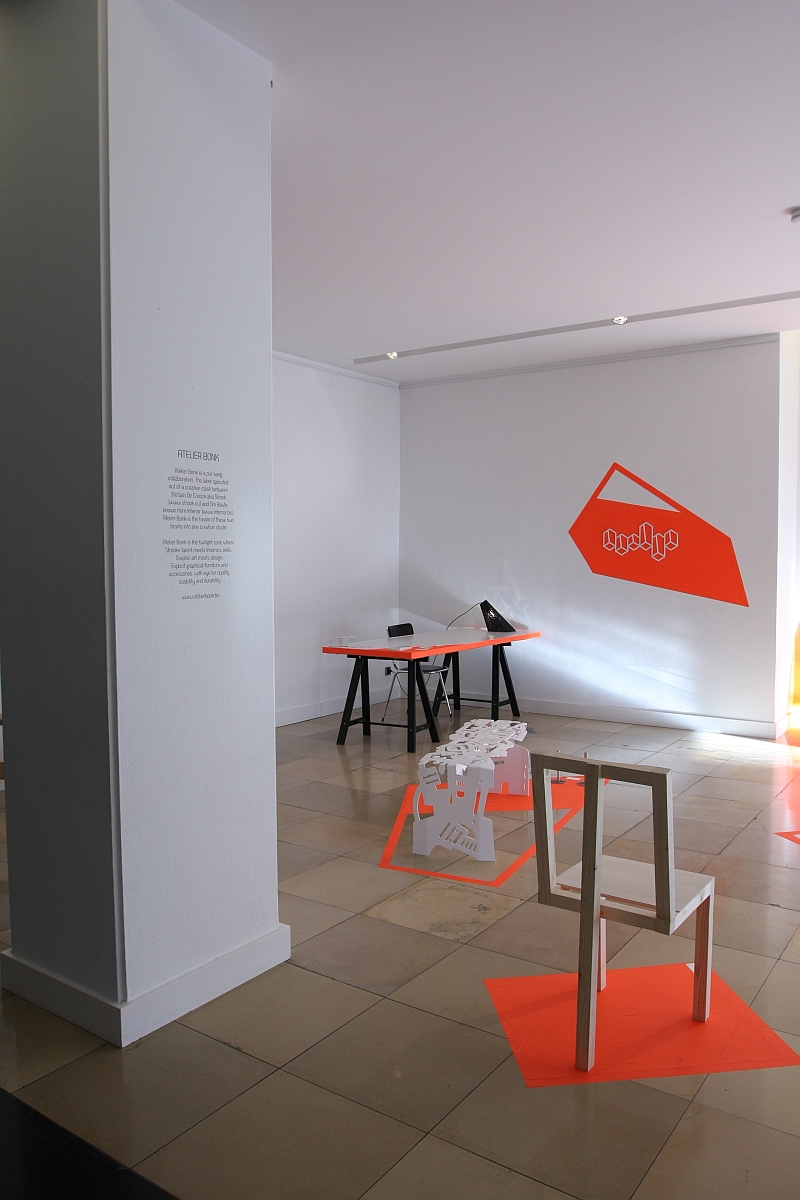
Given that Cologne is geographically closer to Brussels than Berlin, there probably should be more Belgian designers exhibiting at Cologne
Milan Design Week 2013: Atelier Bonk
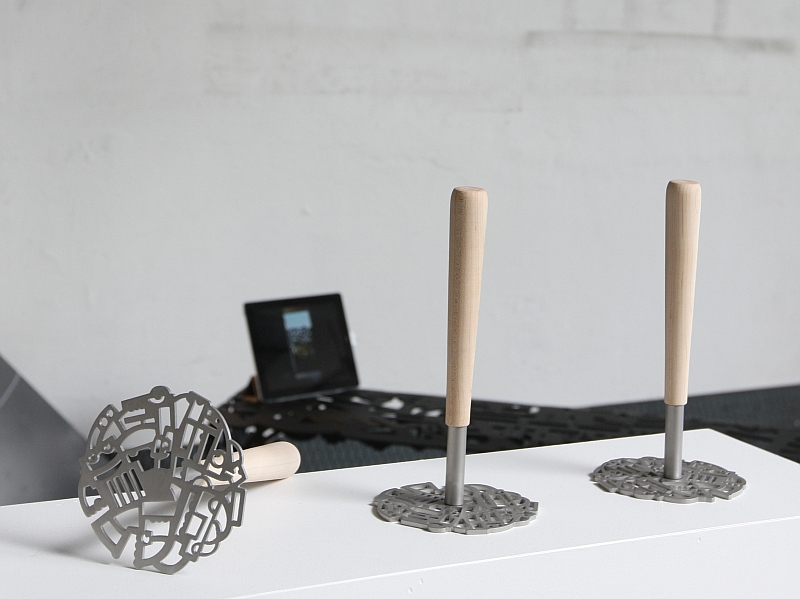
The first object to attract our attention on Atelier Bonk’s stand in the Ventura At Work exhibition in Milan was
Milan Design Week 2013: Belgians!!!
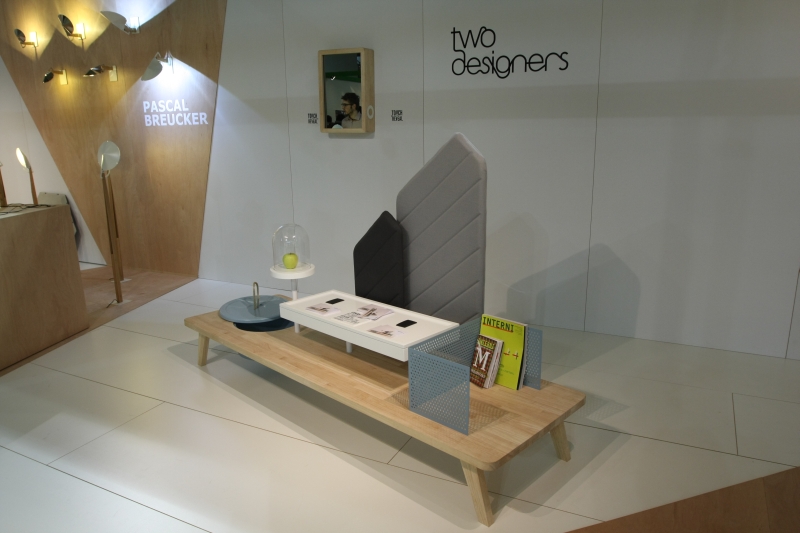
Ahead of Milan Design Week we received an email from a Belgian designer of our acquaintance letting us know where
DMY Berlin: Stealth Collection by Interror.be
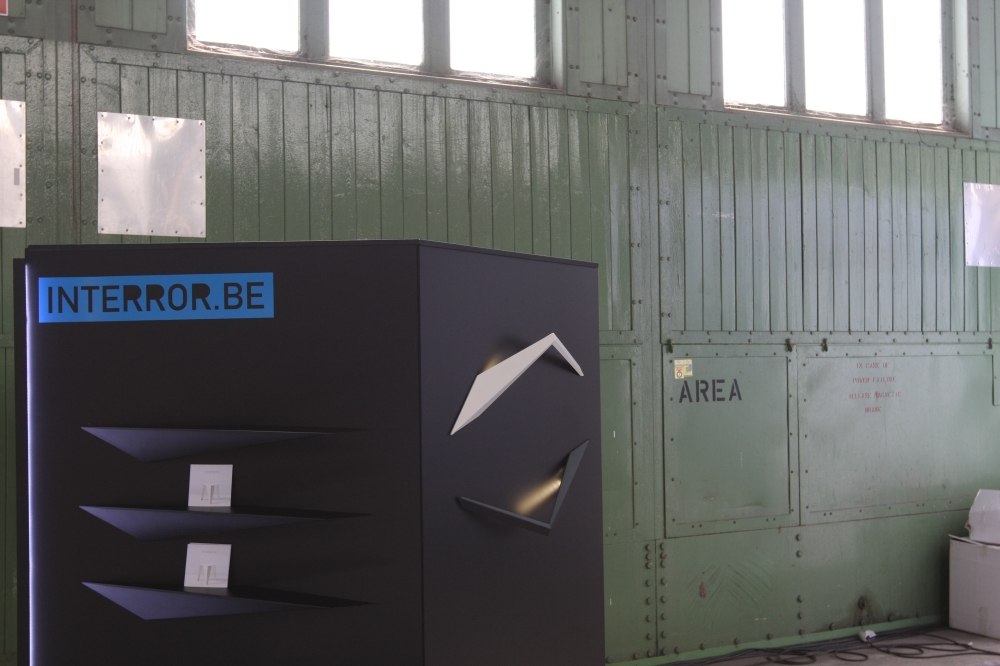
We were famously first drawn to the work of Belgian designer Tim Baute aka Interror.be via a lamp he showed
DMY Berlin 2012.
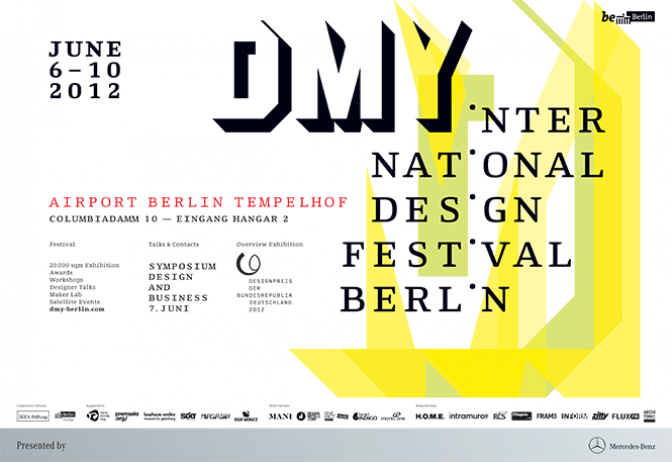
Although we know better, sometimes we could almost believe that this blog is planned. In our “Belgium is Design” post
Milan 2012: Belgium is Design
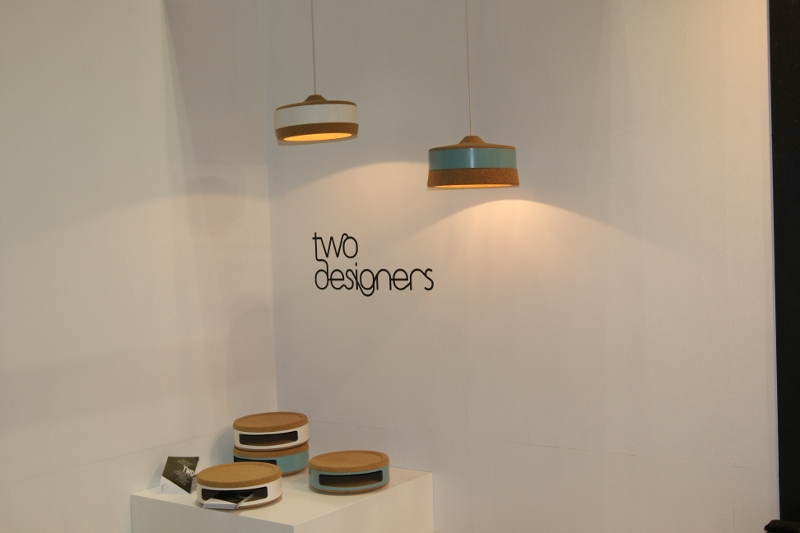
We bow to no man in our admiration for the people of Belgium. Not only have they common sense to
EuroDesignExhibition: “Sit down please” 40 Stools from 40 Countries

Despite the fact the everyone knows that the Eurovision Song Contest hasn’t been any good since Bucks Fizz got all
Designers Fair, Cologne 2011
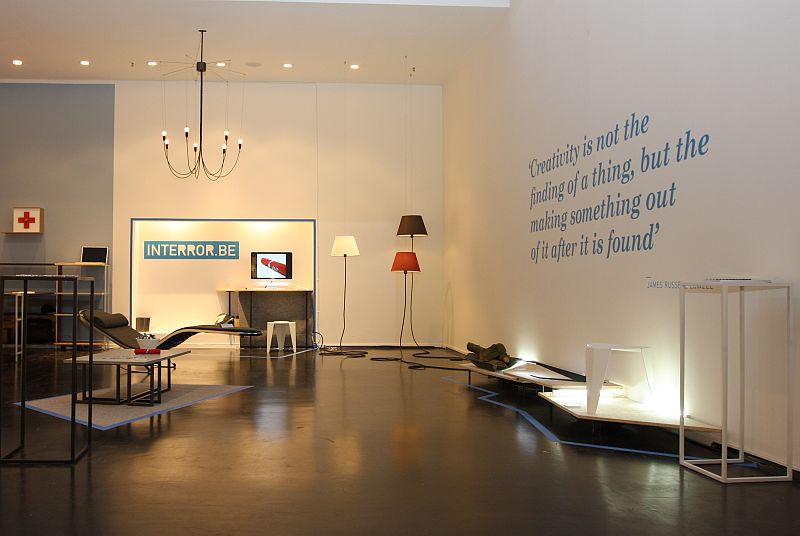
The first thing to say about Designers Fair 2011 is that it was smaller than last year. The second point
